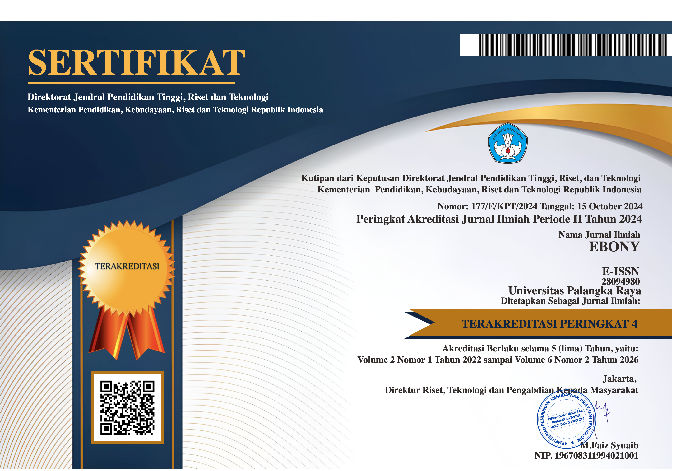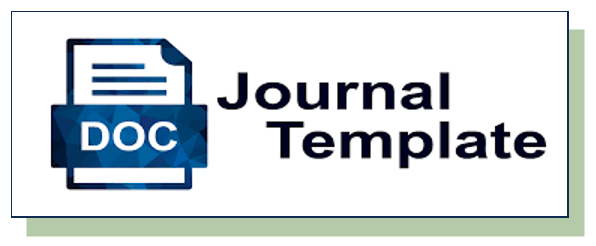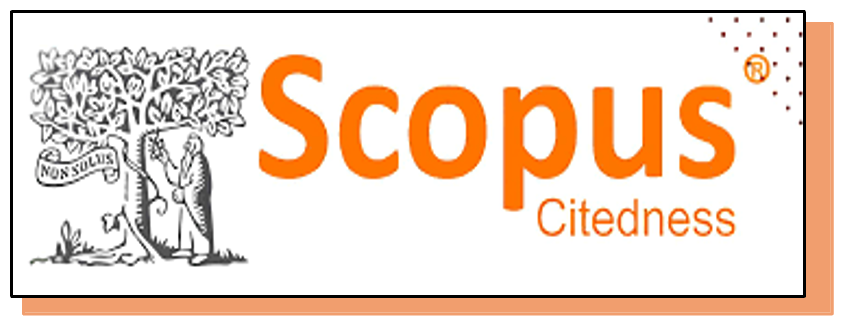The Role of Women’s Language in Transwoman’s Identity in The Documentary Disclosure (2021)
DOI:
https://doi.org/10.37304/ebony.v5i1.18121Keywords:
Sociolinguistics, Transwoman, Woman Language, DisclosureAbstract
This research explores the use of women’s language by trans women in the documentary Disclosure. The research is based on Robin Lakoff and Judy Pearson’s theory, which explains the various language features often used by women to express themselves in social contexts and also how the function of women’s language. These features include women’s language, which reflects the way women communicate. This study aims to identify the types of women’s language features used by transwomen in the documentary and understand the function of the language in constructing, expressing, and representing their gender identity. The method used in this research is qualitative, with data collection techniques in the form of observation and analysis of dialog contained in the documentary. The dialogues spoken by Transwoman are classified based on Lakoff's women’s Language and Pearson’s Function of Women’s Language theory, then analyzed to see how language choices play a role in representing their gender identity. The results of this study are expected to reveal the relationship between the language features used and the process of gender identity construction in the media. In addition, this research makes a significant contribution to the study of sociolinguistics by expanding the understanding of the relationship between language, gender, and also identity.
Downloads
References
Adventalia, T. G., Susanty, & Ristati. (2022). An Analysis Types of Figurative Languages Used in The Sherlock Holmes; The Adventure of Sherlock Holmes of The Noble Bachelor. EBONY: Journal of English Language Teaching, Linguistics, and Literature, 2(2), 65–70. https://doi.org/10.37304/ebony.v2i2.5282
Amalia, S. J. D. (2019). Women’s Language Features Used by Hillary Clinton in Formal and Informal Situations. UIN Sunan Gunung Djati Bandung.
Beisembayeva, A. U., & Issina, G. I. (2022). Sociolinguistic Features of Gender Identity Transformations: Empirical Research. Eurasian Journal of Applied Linguistics, 8(3), 1–12. https://doi.org/10.32601/ejal.803001
Broadbridge, J. (2009). An Investigation into Differences between Women’s and Men’s Speech.
Coates, J. (2015). Women, Men and Language. Routledge. https://doi.org/10.4324/9781315645612
Daulay, S. H., & Aulia, D. N. (2024). Understanding the Role of Language on Twitter: From Hashtag to Discourses. EBONY: Journal of English Language Teaching, Linguistics, and Literature, 4(2), 148–156. https://doi.org/10.37304/ebony.v4i2.12693
Eckert, P., & McConnell-Ginet, S. (2013). Language and Gender. Cambridge University Press. https://doi.org/10.1017/CBO9781139245883
Gooch, J. (1975). Sir George Clarke’s Career at the Committee of Imperial Defence, 1904–1907. The Historical Journal, 18(3), 555–569. https://doi.org/10.1017/S0018246X0000844X
Gu, L. (2013). Language and Gender: Differences and Similarities. 2013 International Conference on Advances in Social Science, Humanities, and Management (ASSHM-13), 247–250. https://doi.org/10.2991/asshm-13.2013.46
Holmes, J., & Wilson, N. (2022). An Introduction to Sociolinguistics. Routledge. https://doi.org/10.4324/9780367821852
Jobe, J. N. (2013). Transgender Representation in the Media.
Juwita, T. P., Sunggingwati, D., & Valiantien, N. M. (2018). The Differences Between Men and Women’s Language in the Devil Wears Prada Movie. Jurnal Ilmu Budaya, 2(1), 43–52. https://doi.org/https://doi.org/10.30872/ilmubudaya.v2i1.870
Kelien, D., & Karjo, C. H. (2023). Language Features of Transgenders as Their Gender Representation in Digital Culture. E3S Web of Conferences, 426, 02151. https://doi.org/10.1051/e3sconf/202342602151
Lakoff, R. (1975). Linguistic Theory and the Real World. Language Learning, 25(2), 309–338. https://doi.org/10.1111/j.1467-1770.1975.tb00249.x
Pearson, J. C. (1985). Gender and Communication.
Putri Nila Sudewi, N. K., Sedeng, I. N., & Mulyawan, I. W. (2018). Women’s Language Used by Female Characters in the Movie How To Be Single. Humanis, 956. https://doi.org/10.24843/JH.2018.v22.i04.p17
Ramadina, A. S., Malini, N. L. N. S., & Krisnawati, N. L. P. (2022). Women’s Language Used by Characters in “Brave” Movie. ULIL ALBAB: Jurnal Ilmiah Multidisiplin, 1(10), 3522–3531.
Sugiyono. (2014). Memahami Penelitian Kualitatif. Alfabeta.
Trudgill, P. (2000). Sociolinguistics: An Introduction to Language and Society. Penguin UK.
Wright, R. D. (2012). Speaking like Her, Him, and Hir: The Search for a transwoman’s speech community (Issue May). University of Toldeo.
Downloads
Published
How to Cite
Issue
Section
License
Copyright (c) 2025 Aqilah Aulia Nadhifa, Ujang Suyatman, Ruminda

This work is licensed under a Creative Commons Attribution 4.0 International License.











